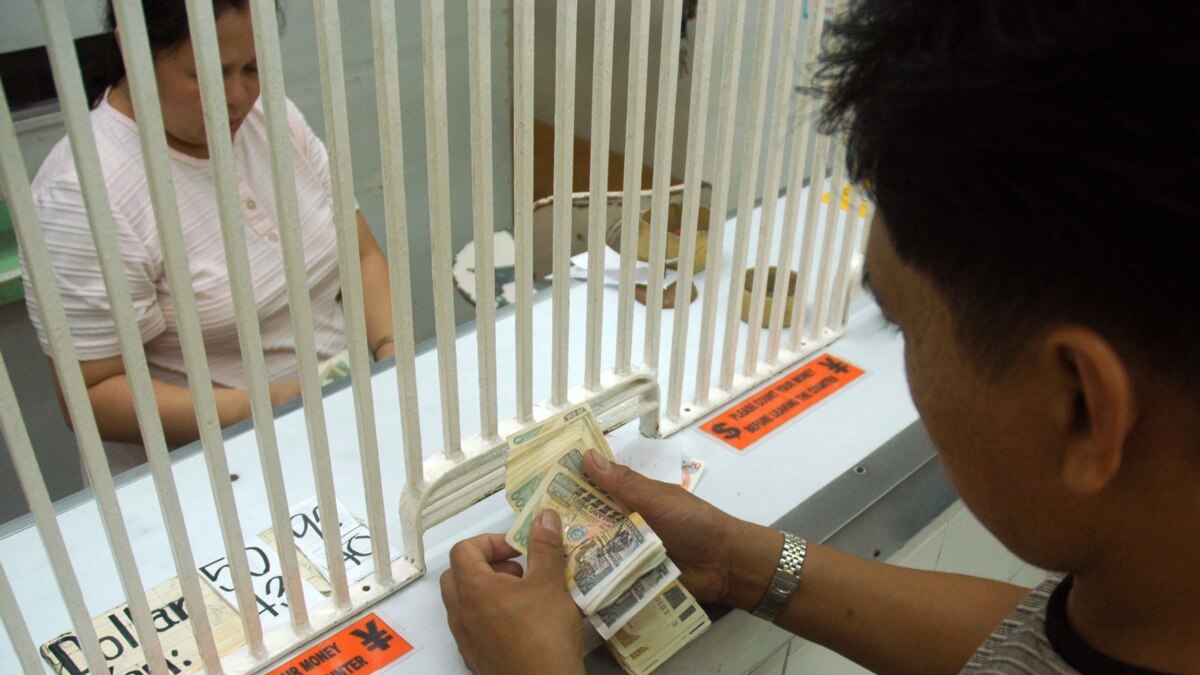July 2, 2025
Golden Anniversary Promo

Remittance money from abroad plays a significant role in the growth of the Philippine economy. The impact of these remittances is multifaceted, contributing to various aspects of economic development and stability. Here are some key ways in which remittances help the Philippine economy:
Remittances increase the disposable income of recipient households, allowing them to improve their standard of living. This additional income is often spent on essential goods and services such as food, education, healthcare, and housing, which stimulates domestic consumption and drives economic growth.
By providing a steady source of income, remittances help reduce poverty levels. Many families in rural and urban areas rely on remittances to meet their basic needs, thus lifting them out of poverty and improving their quality of life.
A significant portion of remittance income is often allocated to education and healthcare. This investment in human capital enhances the overall productivity of the workforce, leading to long-term economic benefits such as a more skilled and healthier labor force.
Remittances are frequently used for housing construction and real estate investments. This not only provides better living conditions for families but also stimulates the construction industry, creating jobs and further contributing to economic growth.
Remittance flows encourage the use of formal financial institutions, as recipients often open bank accounts to receive money transfers. This increased engagement with the banking sector can lead to greater financial inclusion, access to credit, and savings, which can be reinvested in the local economy.
Remittances contribute significantly to the country’s foreign exchange reserves, which helps stabilize the national currency. A stable currency can lead to lower inflation rates and more predictable economic conditions, fostering a conducive environment for investment and growth.
Remittances can provide seed capital for small and medium enterprises, enabling entrepreneurial activities and job creation. These SMEs contribute to economic diversification and innovation, driving economic development at the local level.
The inflow of remittances can help bridge the fiscal deficit by providing additional resources for government spending without increasing public debt. This financial support allows the government to invest in infrastructure, social services, and other development projects.
Remittances act as a financial buffer for the economy, particularly during times of economic downturns or natural disasters. The steady flow of funds from abroad can help stabilize household incomes and maintain economic activity during challenging periods.
Remittances are often sent to regions outside of major urban centers, promoting regional development. This helps reduce economic disparities between urban and rural areas, leading to more balanced economic growth across the country.
Overall, remittances play a crucial role in the Philippine economy by enhancing household welfare, stimulating economic activity, and supporting macroeconomic stability. They are a vital component of the country’s economic strategy, contributing to sustainable development and growth.